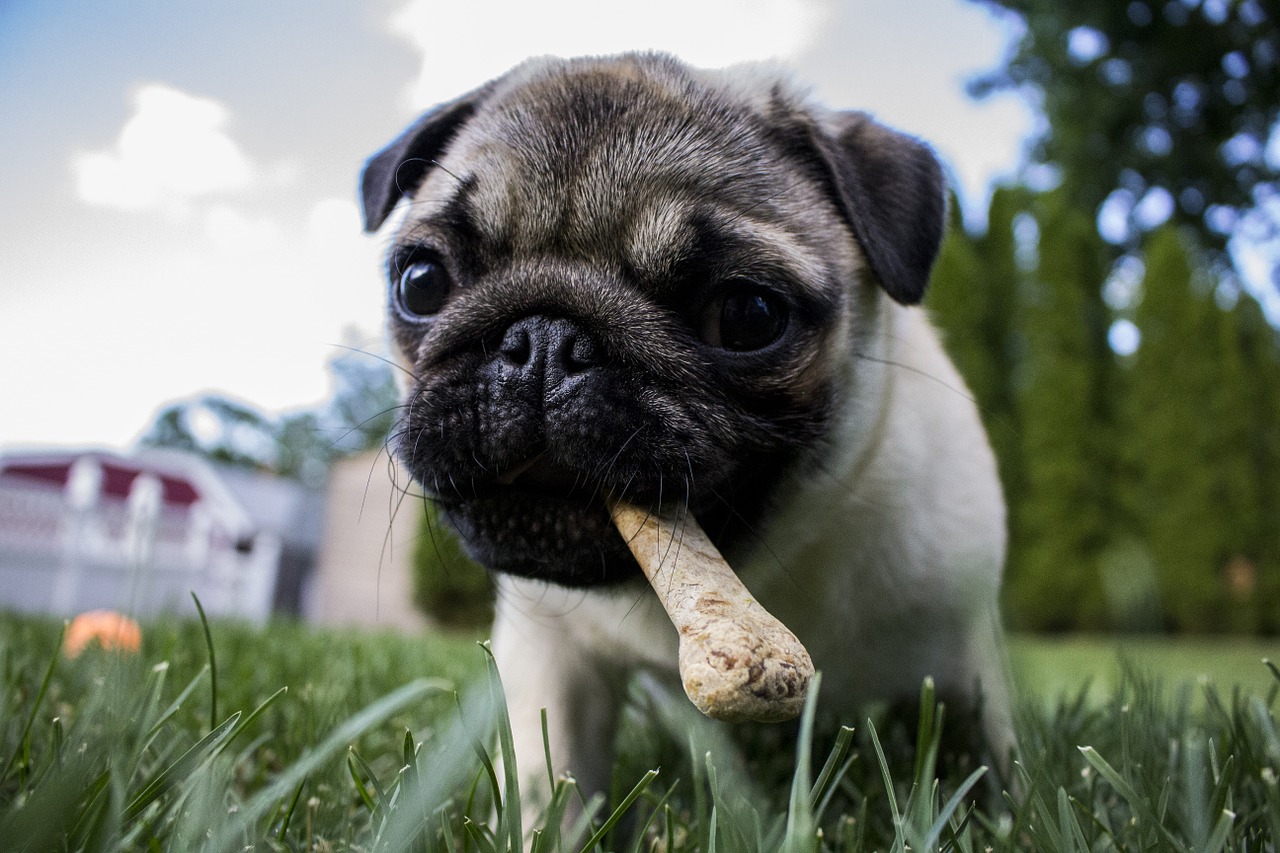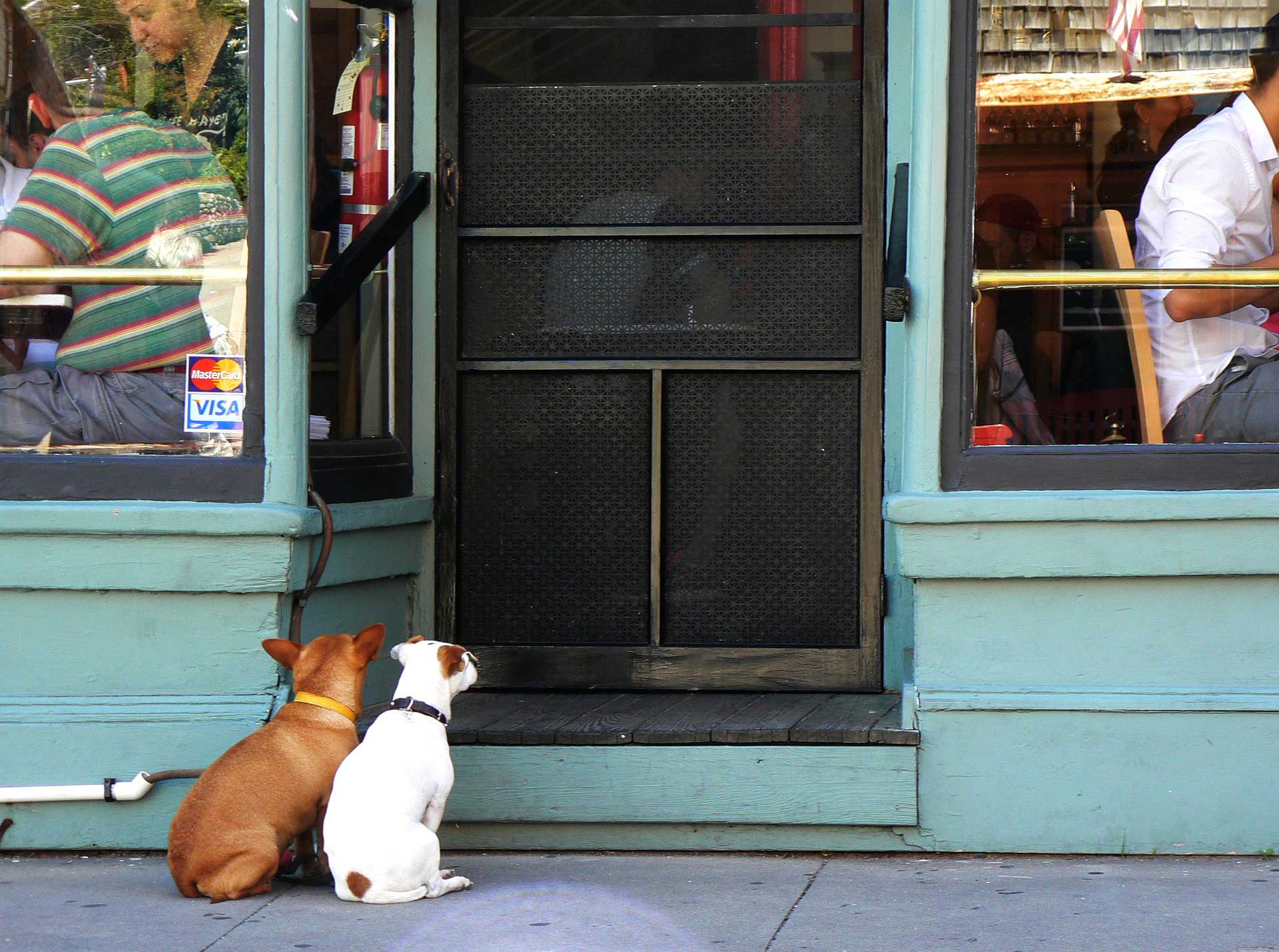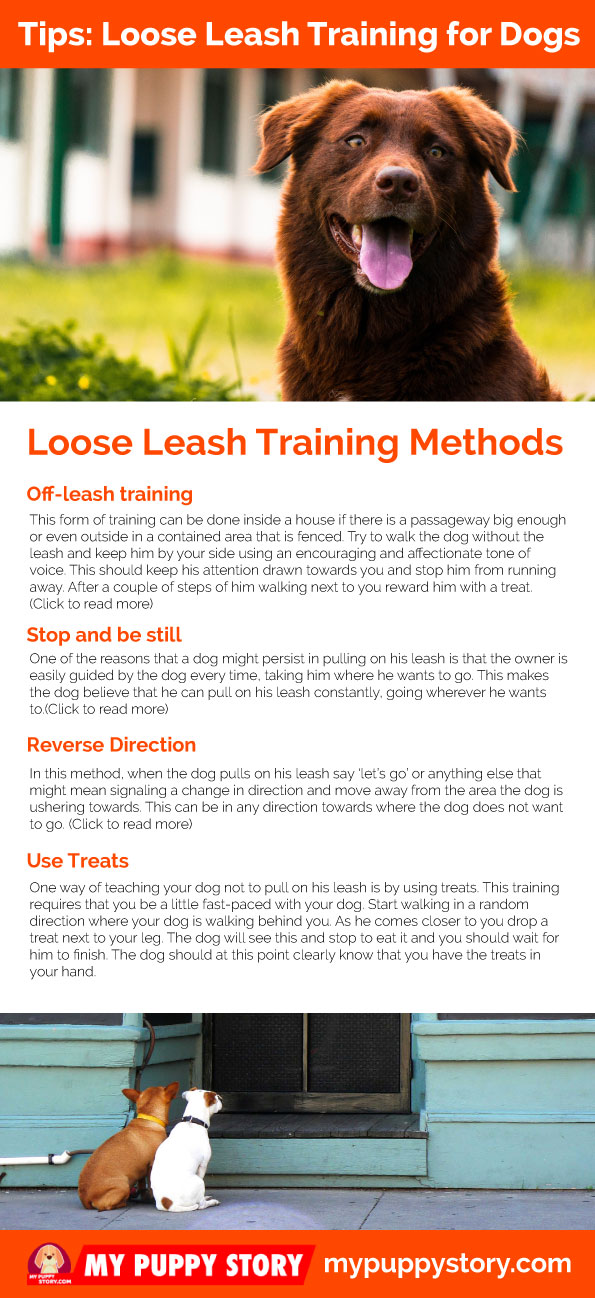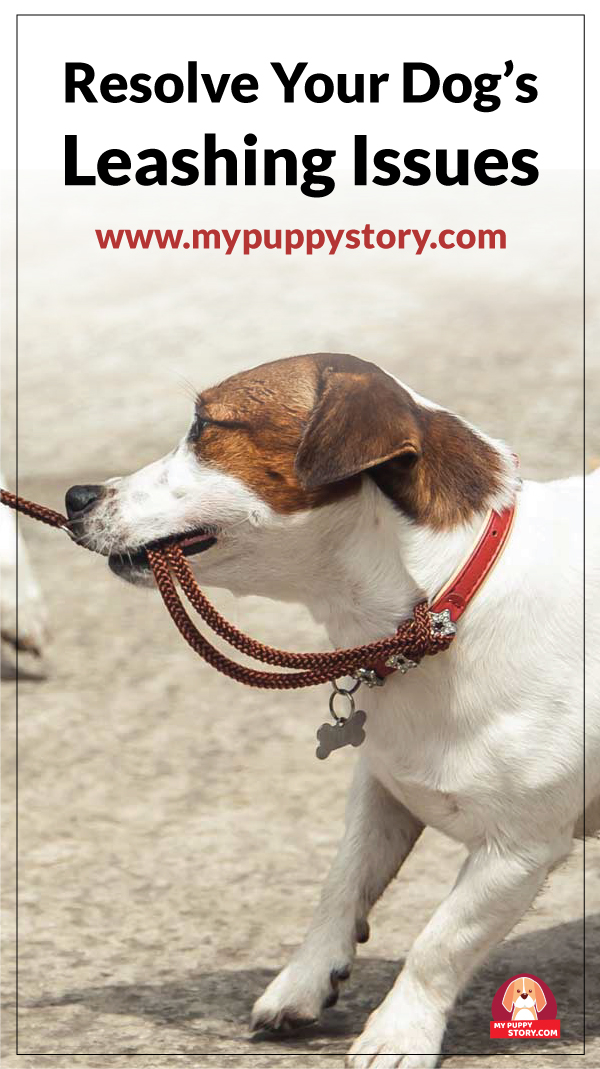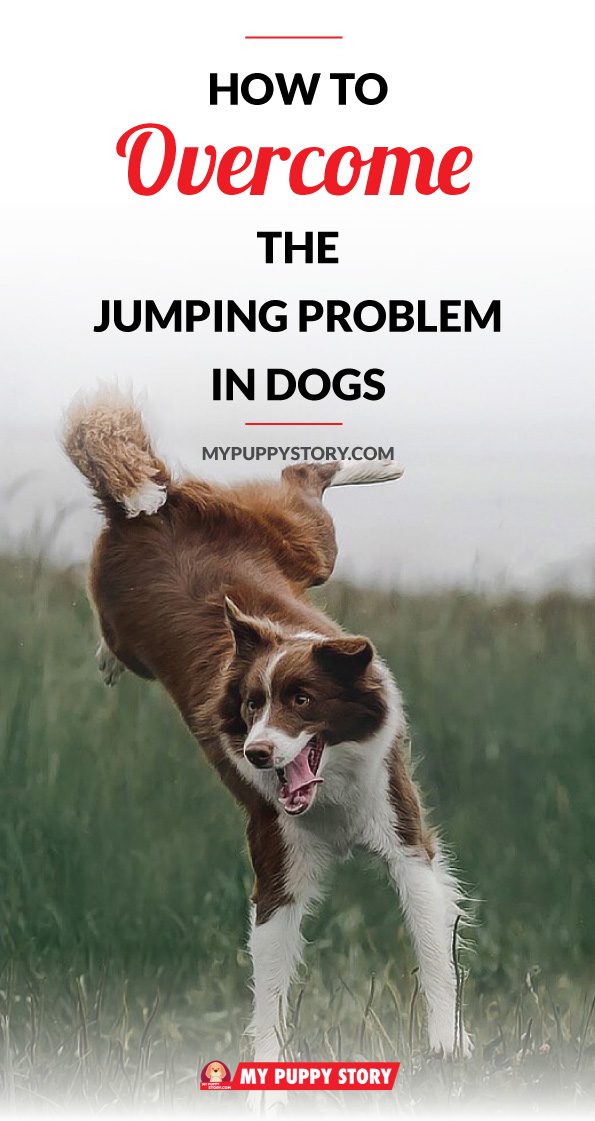Choosing to purchase a dog is a very important decision that should not be taken lightly. Potential owners should consider many aspects before deciding which breed will make the best pet for them. A dog or puppy should not be chosen simply because the breed is cute.
A Dog’s Size Does Matter
Generally, the size of the home should correspond to the size of the dog. Very large dogs will probably not be comfortable in a small apartment. Smaller breeds, on the other hand, make ideal companions for those dwelling in small living quarters.
Consider the Dog’s Activity Level
Many people get a dog in order to have a jogging buddy or a running partner, while others simply want a pet for companionship. It’s important for any new owner to know how much exercise his or her new pet will require and to then make sure he or she can provide those needs. One of the most common reasons owners give up their dog is because they did not know the activity needs of their breed before selecting it.
Personality: Will the Owner and Dog Get Along?
There are seven basic groups of dogs: Sporting Dogs, Hounds, Working Dogs, Terriers, Toys, Utility Dogs, and Herding Dogs. Each group has specific traits that are generally found in all breeds within that category. Before deciding on a breed, each group should be researched – once that’s determined, breed selection becomes much easier.
Grooming Requirements
Although it may not seem so important, grooming can require a good amount of time, so new owners should make sure they can devote appropriate attention to their dog breed’s grooming needs. As a general rule, long-haired dogs tend to shed much more than short-haired dogs and are more likely to require regular grooming. Some breeds, including most Terriers and Schnauzers, shed minimally and are perfect for people who love dogs, but aren’t a fan of dog hair.
Healthcare: Even Dogs Need It
Typically, larger dogs tend to have more health problems than small and medium sized breeds. However, owners should remember that each breed has its own health requirements as well as common ailments.
Will the Dog Get Along with Children?
For owners who have or plan on having children, it is important to pick a breed that generally works well with children. Although that feisty little Pekingese may work well right now, if his owner is planning on having a child within the next few years, it may make more sense to select another breed.
In addition to the above factors, there are many other considerations that should be made before selecting a dog breed. Because they are living creatures that require healthcare and food, a new owner must make sure he or she can afford to take care of a new pet. Plus, it is important for new owners to understand the amount of time that is required to take care of a dog. With a little bit of patience as well as some careful research and planning, new owners are sure to pick a perfect companion who will feel the same way about them.





